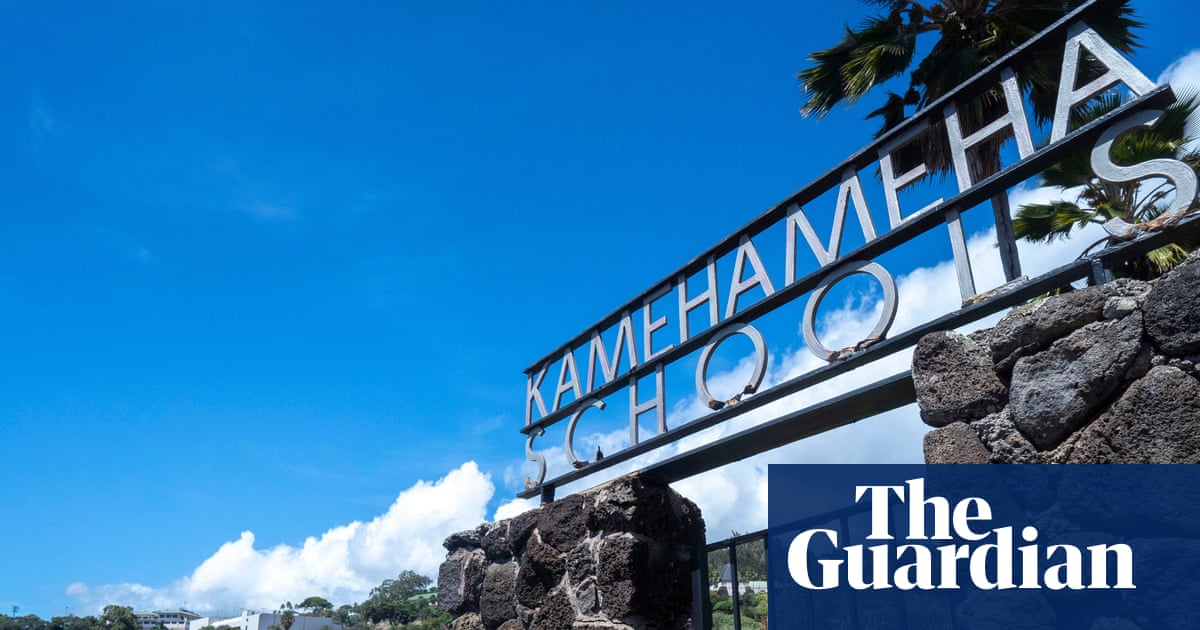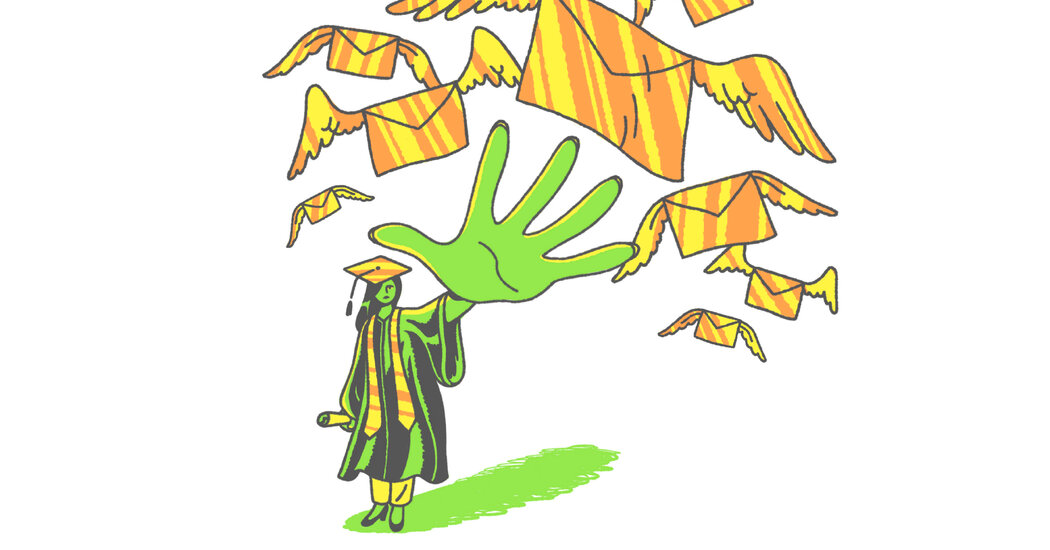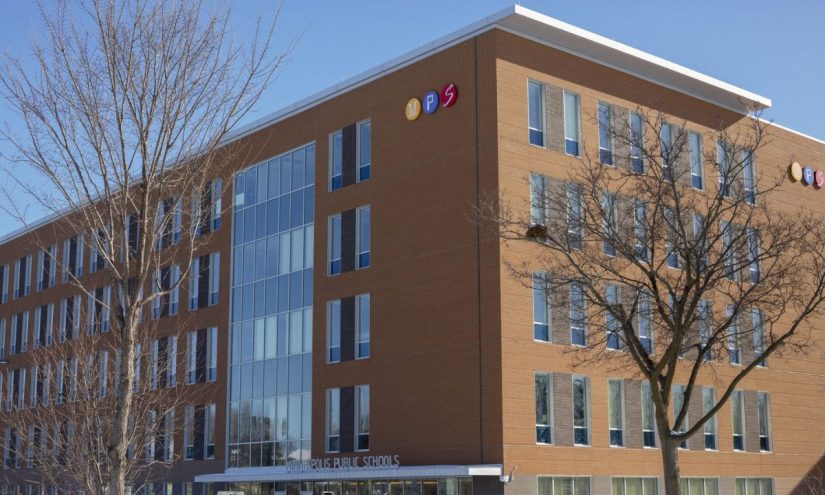“`html
Hawaiian Trust Schools Face Legal Challenges Amid Inheritance Disputes
The legal landscape surrounding educational institutions in Hawaii has become increasingly complex as trust schools established by the inheritance of a Hawaiian princess face a series of lawsuits. These institutions, designed to serve the Native Hawaiian community, are now under scrutiny, raising questions about the management of royal legacies and the future of educational initiatives in the region.
In the late 19th century, Princess Bernice Pauahi Bishop, the last descendant of the Kamehameha dynasty, established the Kamehameha Schools through her will. Her vision was to provide educational opportunities for Native Hawaiian children, a mission that continues to resonate today. The schools, funded by a trust valued at over $10 billion, have become a cornerstone of education for Native Hawaiians, offering a curriculum that emphasizes cultural heritage and community values.
However, recent legal challenges have emerged, questioning the governance and operational decisions of these schools. The lawsuits, filed by former students and parents, allege mismanagement of funds and a failure to uphold the educational standards set forth in the princess’s will. These claims have sparked a broader debate about accountability and transparency within the trust.
Background of Kamehameha Schools
Kamehameha Schools operates multiple campuses across Hawaii, providing education from preschool through high school. The institution is known for its unique approach to education, integrating Hawaiian culture and language into its curriculum. This focus is not only about academic achievement but also about fostering a sense of identity and belonging among students.
The trust that funds Kamehameha Schools was established to ensure that the educational vision of Princess Bernice Pauahi Bishop endures. The schools have been successful in maintaining high academic standards, with many graduates going on to attend prestigious universities and excel in various fields. According to recent statistics, Kamehameha Schools boasts a graduation rate of over 95%, significantly higher than the state average.
Despite this success, the recent lawsuits highlight potential issues within the governance structure. Critics argue that the trust’s leadership has become disconnected from the community it serves, leading to questions about whether the original mission is being honored.
Legal Challenges and Implications
The lawsuits against Kamehameha Schools raise several important questions regarding the management of the trust and its adherence to the original mission of the princess. Plaintiffs in these cases argue that the school’s leadership has strayed from the foundational goals set forth in the will, leading to a disconnect between the institution and the community it serves. The implications of these legal challenges are far-reaching and can be summarized in several key areas:
- Accountability: The lawsuits emphasize the need for accountability in how the trust’s funds are allocated and managed. Stakeholders are calling for more transparency regarding financial decisions and operational practices.
- Community Engagement: There is a growing demand for Kamehameha Schools to engage more actively with the Native Hawaiian community to ensure that the educational offerings meet their needs and reflect their values.
- Future of Trust Schools: The outcome of these lawsuits could set a precedent for how educational trusts are governed in Hawaii and beyond, potentially impacting similar institutions across the United States.
Market Context and Educational Landscape
The situation surrounding Kamehameha Schools is not occurring in isolation. The broader educational landscape in Hawaii has been under significant pressure, with issues such as funding disparities, teacher shortages, and the impact of the COVID-19 pandemic affecting schools statewide. The state has been working to address these challenges, but the lawsuits against Kamehameha Schools add another layer of complexity.
In recent years, there has been a push for educational reform in Hawaii, with various stakeholders advocating for changes to improve outcomes for all students. The lawsuits against Kamehameha Schools could either hinder or accelerate these reform efforts, depending on how they are resolved. Advocates for educational reform argue that the legal challenges could lead to increased scrutiny of all educational institutions in Hawaii, prompting a more comprehensive evaluation of how resources are allocated and how schools are governed.
Community Reactions
The Native Hawaiian community’s response to the lawsuits has been mixed. While some individuals express concerns about the governance of Kamehameha Schools, others defend the institution’s legacy and its contributions to the community. This division highlights the complexities of balancing modern educational practices with traditional values.
Supporters of Kamehameha Schools argue that the institution has played a vital role in preserving Hawaiian culture and providing quality education. They emphasize the importance of maintaining the trust’s integrity and the need for its leadership to remain true to the princess’s vision. Conversely, critics contend that the school must adapt to the evolving needs of the community it serves, advocating for reforms that align the institution more closely with contemporary educational standards.
Conclusion
The legal challenges facing Kamehameha Schools underscore the intricate relationship between educational institutions and the communities they serve. As these lawsuits progress, they will likely bring to light critical issues regarding governance, accountability, and the future direction of educational initiatives for Native Hawaiians. The outcome will not only shape the future of Kamehameha Schools but could also influence the broader educational landscape in Hawaii and similar institutions nationwide.
Ultimately, the resolution of these legal disputes will require a careful balancing act between honoring the legacy of Princess Bernice Pauahi Bishop and addressing the modern educational needs of Native Hawaiian students. Stakeholders from all sides will need to engage in open dialogue to ensure that the trust’s mission remains relevant and effective in the years to come.
“`




